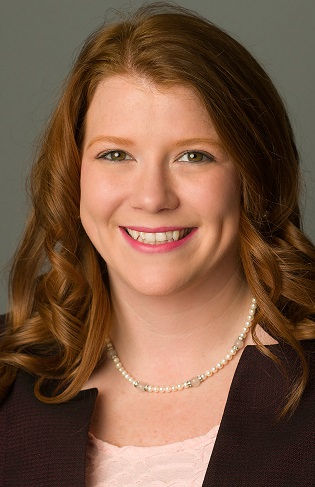Retirement Accounts Can Help Lure, Retain Top Employees
 The best incentive a business can offer is a future.
The best incentive a business can offer is a future.
According to Victoria Hitchcock, Manager, Audit and Accounting, Gorfine, Schiller & Gardyn, “People who have a retirement plan tend to think about their future more, and they tend to be more loyal because their employer is giving them an opportunity to be part of something that benefits their future for a longer time.”
Adds Hitchcock. “That’s particularly true if an employer matches some part of the employees’ contribution. Then the employees feel the company is invested in their future as well, and is aware of their hard work.”
Employees are becoming increasingly aware of bleak results from studies like that of Northwestern Mutual, done earlier this year. It showed:
21% of Americans have no retirement savings at all.
A third of Americans have less than $5,000 saved toward retirement.
24 %respondents said they believed Social Security was “extremely unlikely” to help when they retire.
Consider, also, that 43 percent of businesses with 5-250 employees do not provide a retirement account of any kind, according to a 2017 survey by the Pew Charitable Trusts. New small business owners are competing with many of those companies for top employees.
A new small business can offer employees retirement education, often through a consultant expert. Even if the owner doesn’t have money to contribute to employees’ retirement yet, that owner can set up a mechanism that allows workers to invest their own pre-tax dollars in their future through payroll withholding.
Then, as company success allows it, the owner can begin contributing.
There are several retirement account possibilities to consider. Some include:
- 401(k) — The most popular. Up to $18,500 (2018 limit) in pre-tax money is contributed to a retirement account by employees, with tax paid at withdrawal. Employers can match contributions up to 3 percent of salary. Employees must meet eligibility requirements defined in the plan document.
- 403(b) – Limits are the same as a 401(k) $18,500 (2018 limit). These plans have a universal availability rule which says the employer must offer to all employees in the organization with only a few exclusions.
- Individual Retirement Accounts (IRA) — Employee sets up the account, then contributes through payroll withholding
- Simplified Employee Pension IRA (SEP IRA) — Generally, higher contribution limits (lesser of $55,000 or 25 percent of salary in 2018). Remember, the employer can be part of a SEP IRA.
- Roth IRA or Roth 401(k) — Similar to traditional IRAs and 401(k), except contributions are made from taxable funds. That means no taxes are due at retirement.
There are rules that come into play for employees and employers, and understanding these rules is part of the education process for both.
For example, employees need to know that money withdrawn from a retirement plan before age 59 1/2 can be subject to tax and a 10 percent penalty. Employers need to know that there are fees in setting up retirement accounts. Those fees are generally nominal and based on the number of employees involved. A $500-per-year, three-year tax credit can be claimed to cover these costs.
As the business grows, employers also need to know that annual plan financial statement audits by an independent qualified public accountant are required by plans subject to the Employee Retirement Income Security Act of 1974 (ERISA) when the company reaches 100 or more eligible employees at the beginning of the plan year. Then again, that 100-employee mark is often considered a sign of business success. It can come when a small business hires the right people from the start — something that can be best accomplished by getting employees involved in the future.
Victoria Hitchcock is a Manager, Audit and Accounting, Gorfine, Schiller & Gardyn, a Maryland-based full-service certified public accounting firm offering a wide range of accounting and consulting services to clients of all sizes. For more information: http://www.gsg-cpa.com/

